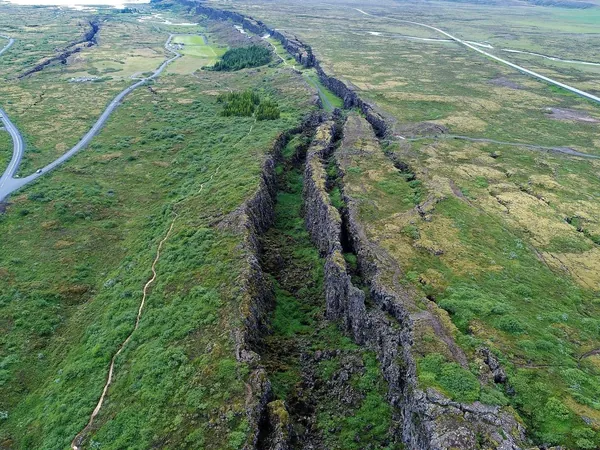
Earth's Ancient Secrets: A Tectonically Bustling World Over 3 Billion Years Ago!
2025-08-31
Author: William
Could Plate Tectonics Have Originated Much Earlier?
Recent groundbreaking research reveals that our planet might have experienced tectonic activity much earlier than previously believed! A new international study sheds light on the early geological processes that shaped Earth, igniting a fresh debate among scientists.
Unlocking the Mysteries of the Hadean Eon
The Hadean Eon, spanning from 4.6 to 4.0 billion years ago, is regarded as one of Earth's most mysterious periods. Originating with the planet's formation, the Hadean witnessed a catastrophic collision with a colossal Mars-sized body, resulting in the birth of the Moon and a dramatic melting of Earth’s interior. The solidification of Earth's crust commenced around 4.5 billion years ago, but what unfolded afterward has been a topic of contention.
The Old Paradigm: A Stagnant Lid?
Traditionally, scientists believed that Earth existed under a "stagnant lid" regime for its first 2 to 3 billion years. In this model, a tough, immobile outer crust encased our planet, while convection currents bubbled beneath. It was believed that only later did this rigid shell begin to crack, allowing fragments to descend into the mantle—a process known as subduction, which drives today’s plate tectonics.
A Paradigm Shift: New Insights from MEET
However, a dynamic team from the ERC Synergy Grant Project Monitoring Earth Evolution through Time (MEET) has turned this idea on its head. This collaboration between geochemists from France and the USA, along with geodynamic modellers from Germany, presents compelling evidence that subduction and the evolution of continental crust took place earlier and at a much more vigorous pace in the Hadean.
Utilizing state-of-the-art analytical techniques, the researchers examined fossil lava in South Africa, specifically olivine crystals that are over 3 billion years old. Their findings revealed low levels of trace elements—like niobium, uranium, and cerium—indicative of volcanic activity that likely facilitated the formation of early continental crust.
Slicing Through Time: Earth's Early Tectonic Dance
This discovery implies that early Earth was far more dynamic than once thought. However, this tectonic activity appears to have been episodic—occurring in bursts rather than steadily, with periods of dormancy lasting millions of years.
A Leap Towards Modern Plate Tectonics
Most intriguingly, the research suggests that between 3.8 and 2 billion years ago, Earth transitioned from a stagnant crust to the complex system of modern plate tectonics, featuring plates that move relative to one another along a grid of faults.
Dive Deeper: The Full Study Awaits!
These astonishing findings are documented in the study titled "Growth of continental crust and lithosphere subduction in the Hadean revealed by geochemistry and geodynamics," published in the prestigious journal Nature Communications. This pivotal research illuminates the nascent complexities of our planet’s geological history, challenging assumptions and opening doors to further exploration.









 Brasil (PT)
Brasil (PT)
 Canada (EN)
Canada (EN)
 Chile (ES)
Chile (ES)
 Česko (CS)
Česko (CS)
 대한민국 (KO)
대한민국 (KO)
 España (ES)
España (ES)
 France (FR)
France (FR)
 Hong Kong (EN)
Hong Kong (EN)
 Italia (IT)
Italia (IT)
 日本 (JA)
日本 (JA)
 Magyarország (HU)
Magyarország (HU)
 Norge (NO)
Norge (NO)
 Polska (PL)
Polska (PL)
 Schweiz (DE)
Schweiz (DE)
 Singapore (EN)
Singapore (EN)
 Sverige (SV)
Sverige (SV)
 Suomi (FI)
Suomi (FI)
 Türkiye (TR)
Türkiye (TR)
 الإمارات العربية المتحدة (AR)
الإمارات العربية المتحدة (AR)